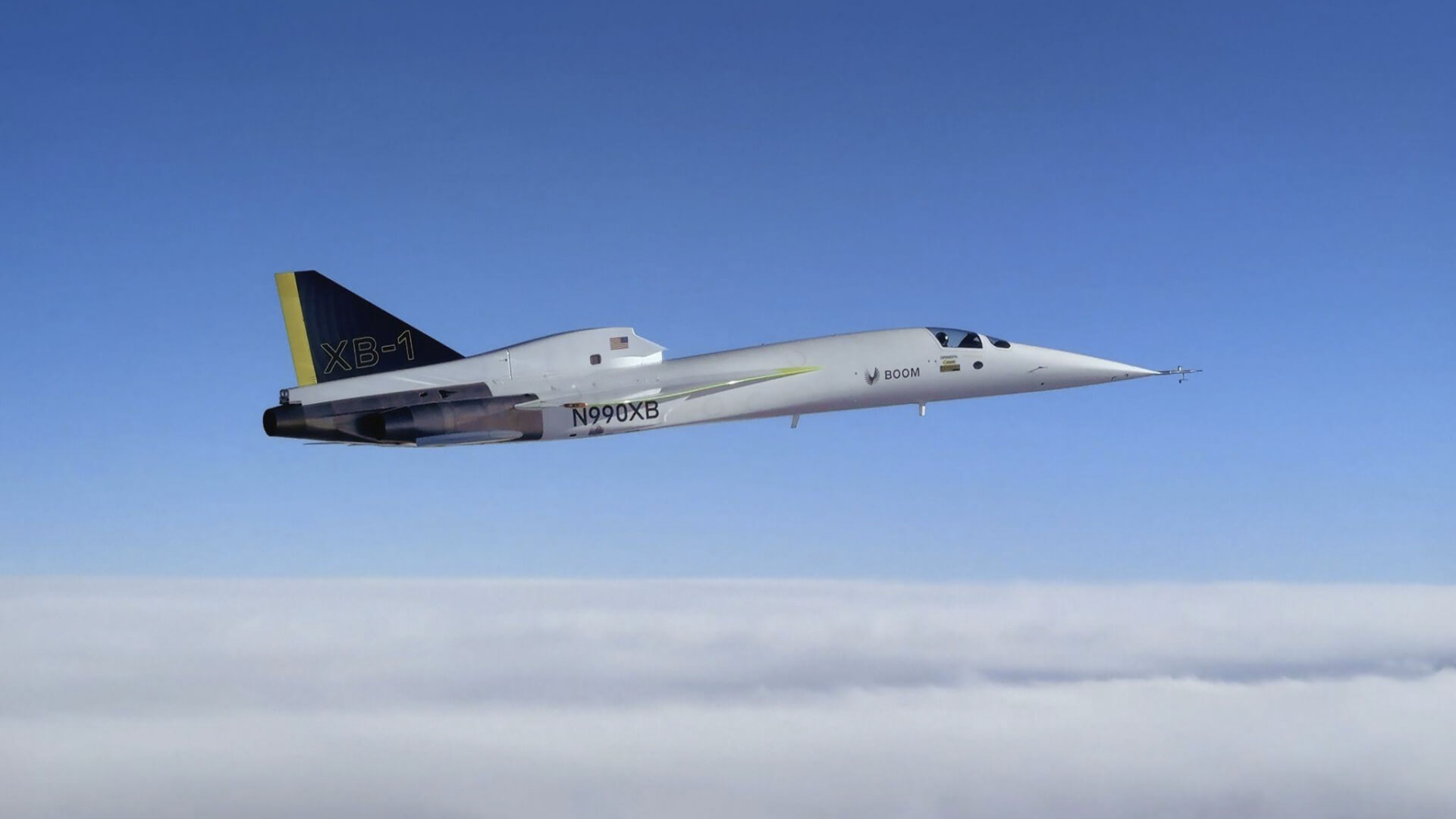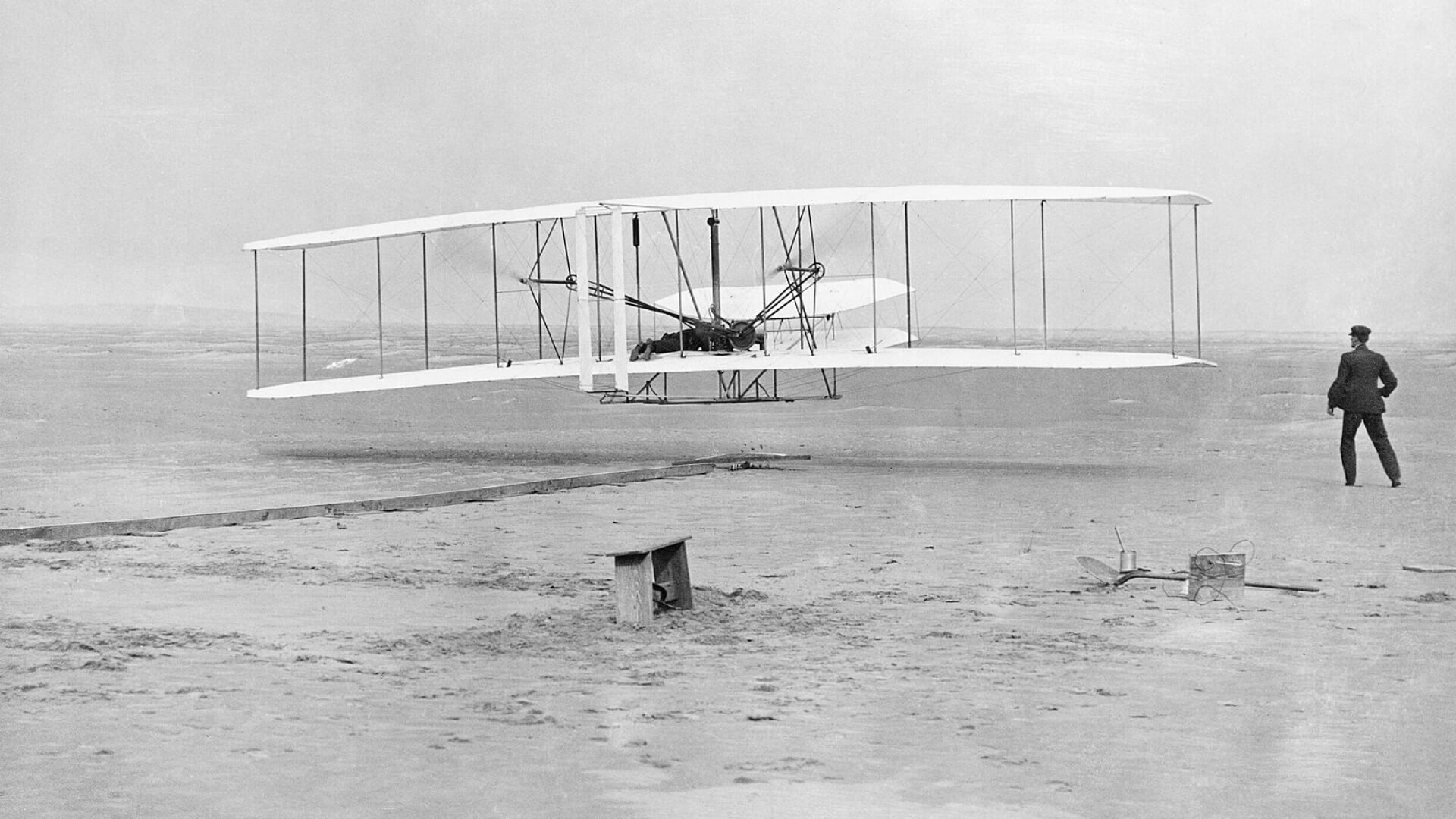Mention “test pilot” and you will instantly conjure images of jets speeding above the clouds, making history. But a test pilot’s first day on the job isn’t for the aircraft’s maiden flight. Their work starts years before as part of the flight test team. At Boom, the work of our two test pilots began two years ago during the design and development of our supersonic demonstrator, XB-1. In fact, much of the vital work accomplished by the flight test team is done on the ground.
Boom’s Chief Test Pilot Bill “Doc” Shoemaker, who joined the company two years ago, has made invaluable contributions to XB-1. For Doc, the road to XB-1 encompassed military service, a Stanford doctorate in aeronautics and astronautics, and the first flight of several prototype aircraft. A former U.S. naval aviator, he’s a graduate of the United States Naval Test Pilot School who has flown more than 5,000 flight hours in 50 aircraft types and has 900 carrier arrested landings (landing on an aircraft carrier deck).
In anticipation of XB-1’s maiden flight, Doc sat down with us to answer questions about test pilot careers, and why becoming an effective test pilot requires becoming a good observer, as well as a good critic.
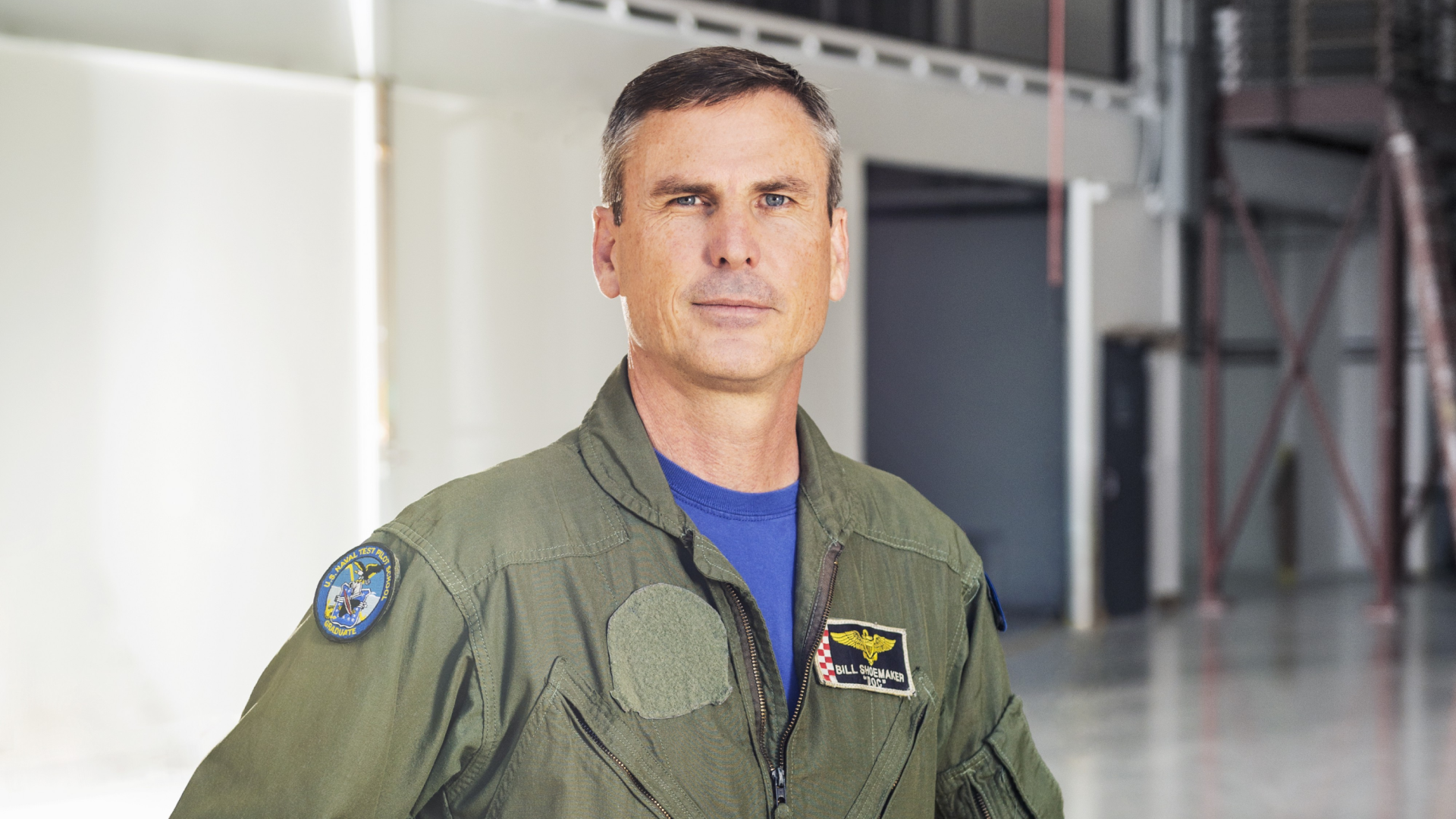
What led you to become a test pilot?
As a graduate student in aeronautics, I wrote to NASA and asked if they would send me an application for the astronaut program. When I looked at the two different kinds of astronauts (at the time), I felt like I might be better suited to be a pilot rather than a mission specialist. Ultimately, I never filled out that application, but it started me on a path to exploring a career as a military pilot.
During the remainder of my graduate education, I had the chance to get my private pilot’s license and work alongside a few military test pilots. Every connection I made drove me closer to going “all in” on a military flying career. It was one of those times where I didn’t have the luxury of basing my decision on a complete set of information, but I knew I’d regret letting the opportunity pass me by. When I started my military flying career, the idea of becoming a test pilot was already in my mind. Becoming an astronaut didn’t work out, but the test pilot journey has been extremely rewarding.
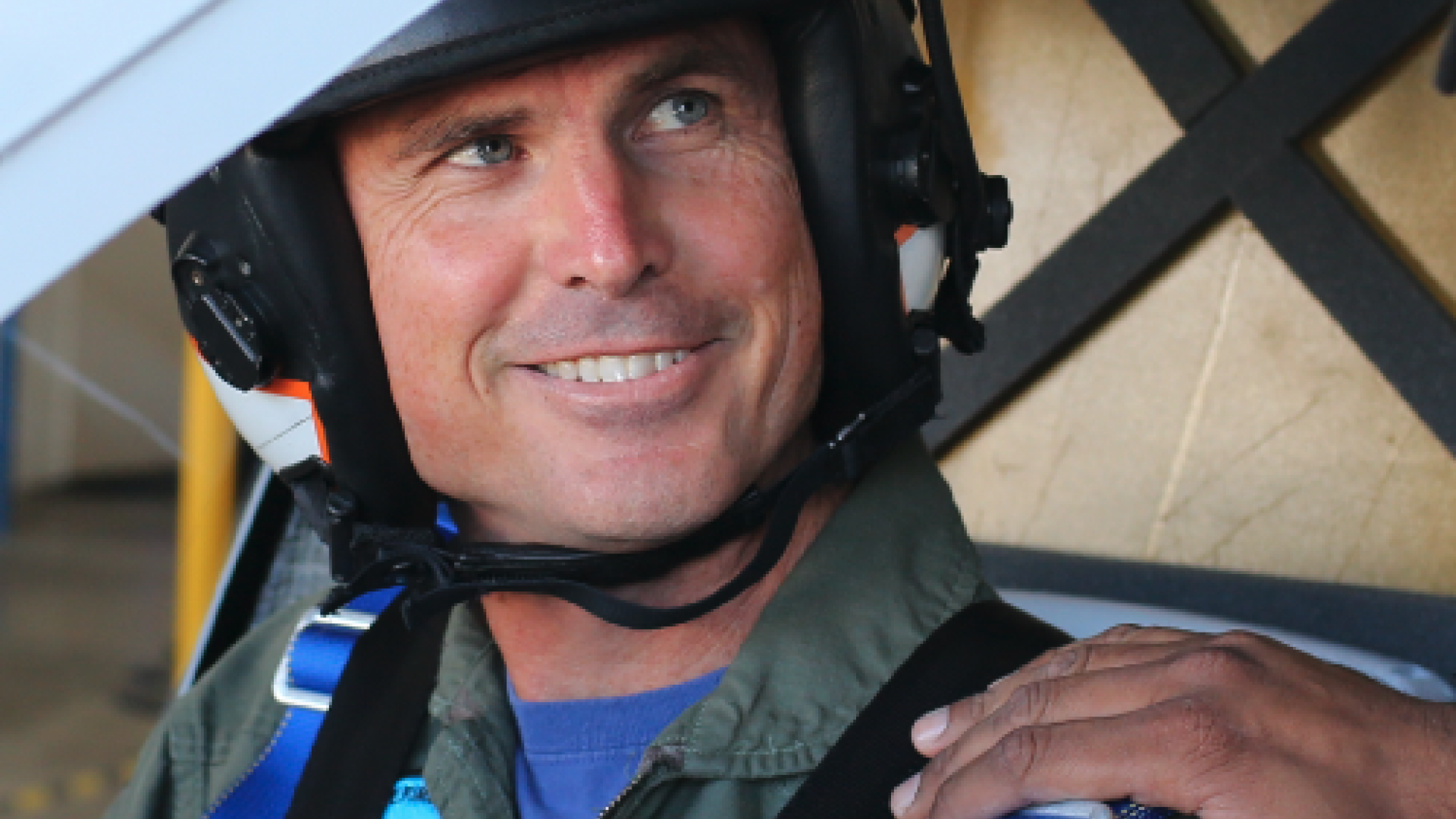
What was test pilot training like at the U.S. Naval Test Pilot School?
The formal training to become a test pilot was in some ways very much what I expected, and in others quite different. I expected it would mean learning how to fly airplanes precisely in order to gather data about them. I didn’t realize how much it would require becoming an effective critic.
A good test pilot is able to not only make reliable observations about an airplane’s behavior, but also relate how that behavior will impact a pilot’s ability to use the airplane to perform a specific mission. An effective test pilot has to understand both the airplane and the mission, and be able to communicate that understanding clearly. One of the most valuable experiences during test pilot school was being handed an airplane I was unfamiliar with, and being asked to evaluate it for a specific mission.
Does being a test pilot take a physical toll?
As a test pilot, you’re exposed to risk by virtue of the fact that you’re often testing new equipment that may have vulnerabilities that are not well understood. This is usually mitigated by controlling the conditions under which you perform the testing. As an operational pilot, you’re flying equipment that has been tested, but you have much less control over flying conditions.
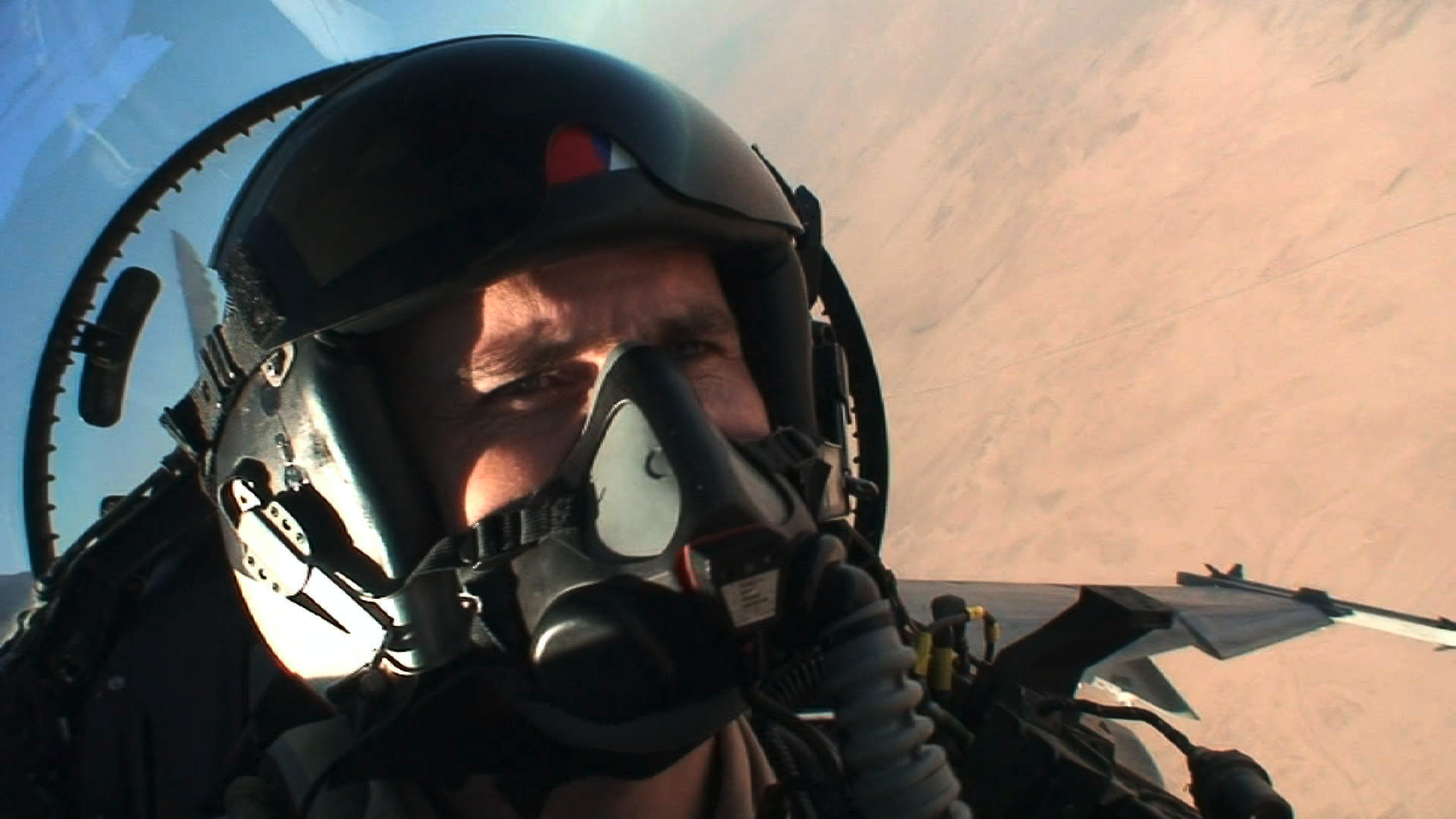
At the end of the day, the risk exposure ends up being similar. I was injured (cervical spinal cord compression) during testing of the Joint Helmet Mounted Cueing System on the F/A-18. This kind of injury is, unfortunately, very common among fighter pilots and not a risk that is unique to test flying.
What are your former test pilot peers doing today?
Some are flying as civilian test pilots, some are flying as airline pilots, others are involved in aviation, but as engineers or program managers.
What is one of the most memorable aspects of your test pilot career?
Completing the first flight of a new aircraft is always rewarding. It’s also rewarding when you discover a deficiency in a design that could have led to a mishap. I discovered a scenario where the F-18 mission computer was providing inaccurate angle of attack information to the Head Up Display (HUD). If I hadn’t designed the test that flushed out this error, it could have easily killed a colleague down the road.

Should test pilots have any specific traits?
A good test pilot is inherently skeptical. Rather than viewing an airplane’s design features as “given,” a good test pilot always looks for how those features could be sculpted to allow pilots to perform the mission more safely and effectively.
Learn more about XB-1, the supersonic demonstrator that Doc will fly, with Boom’s Meet XB-1 3D experience.

